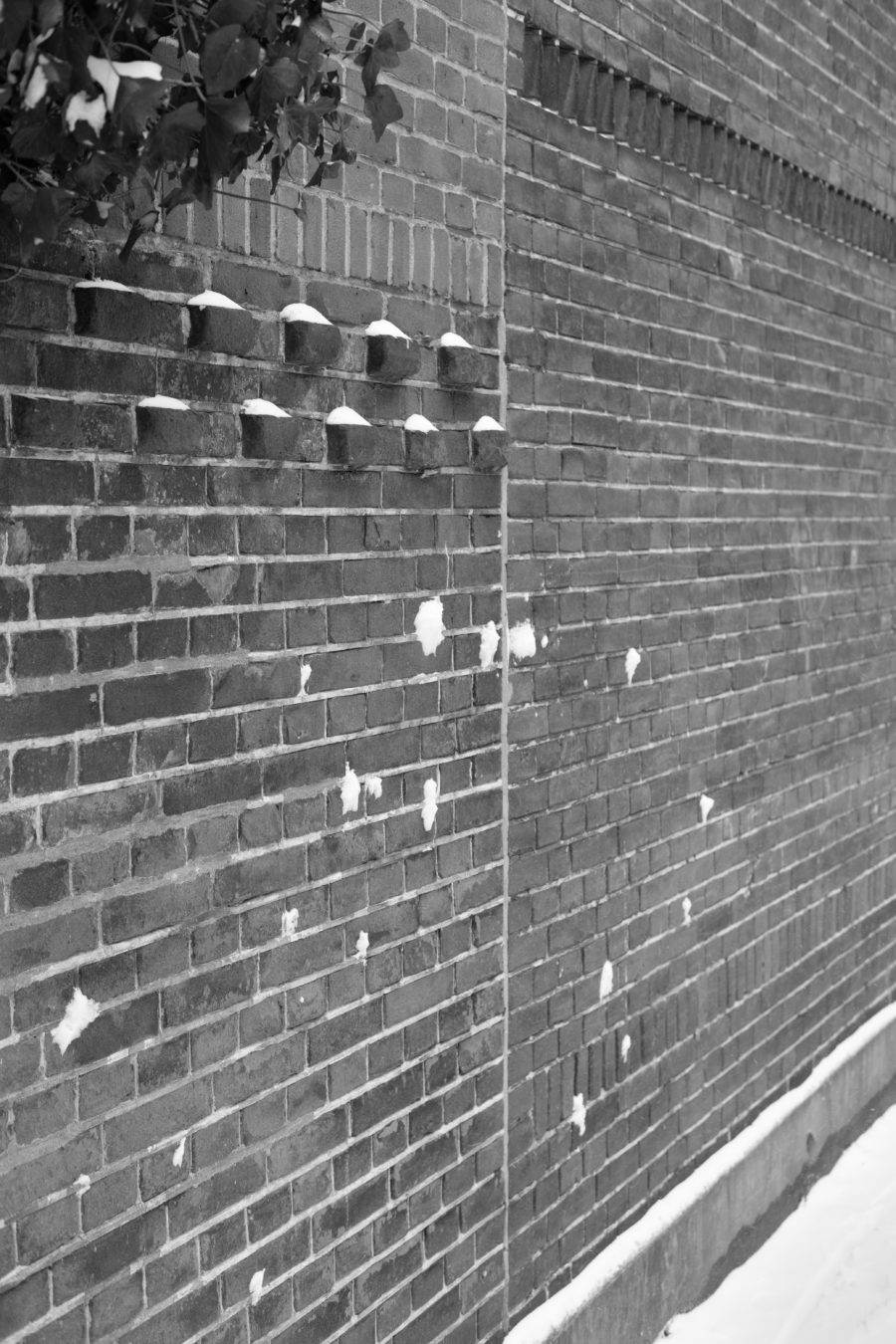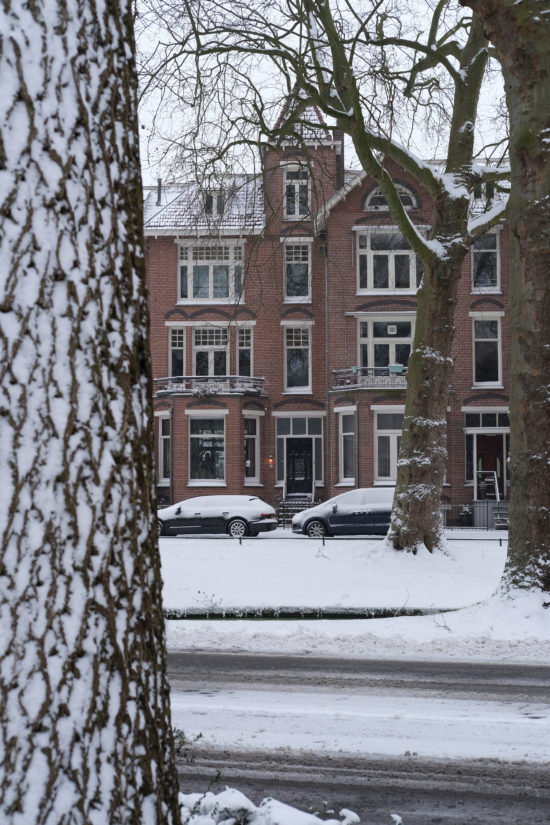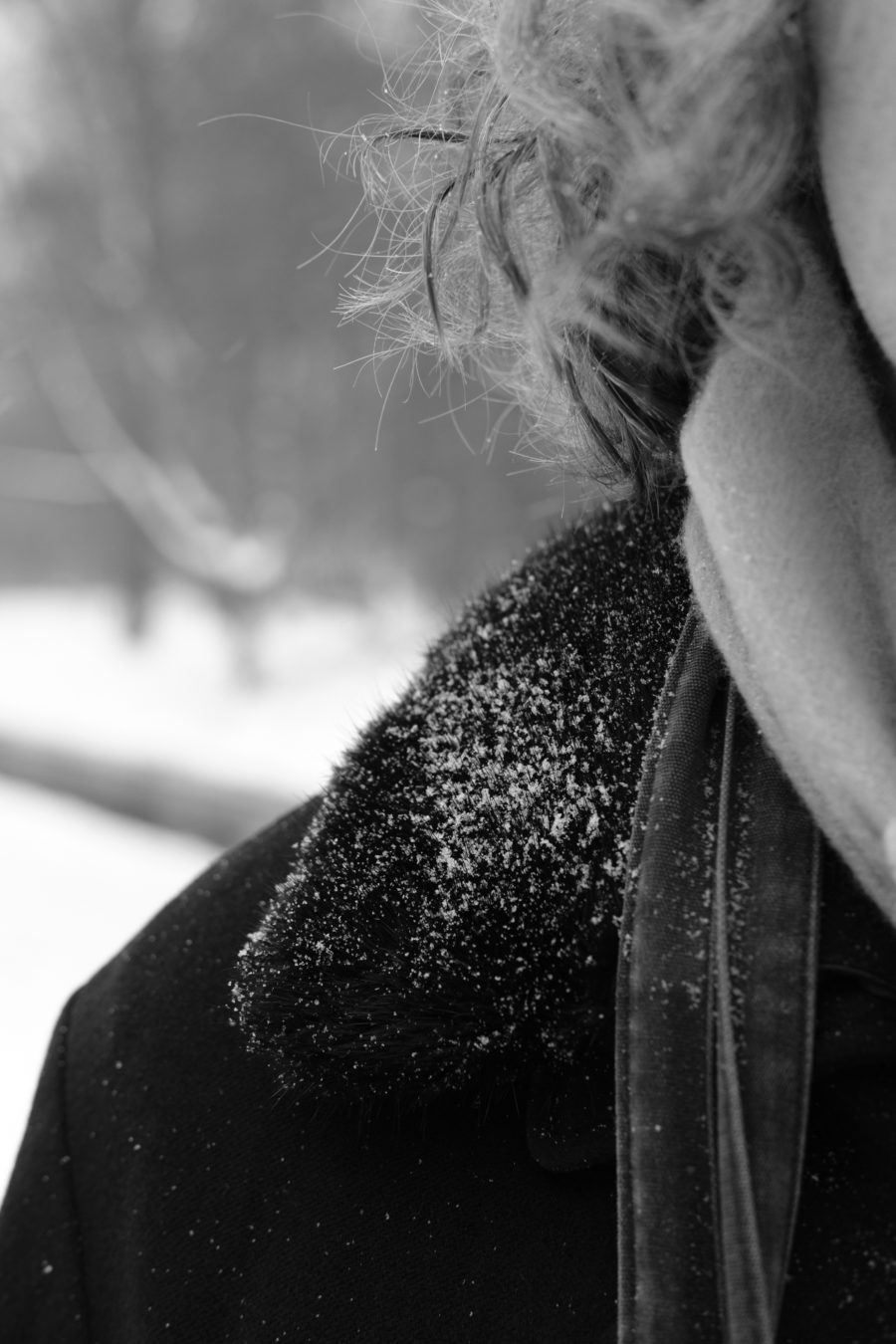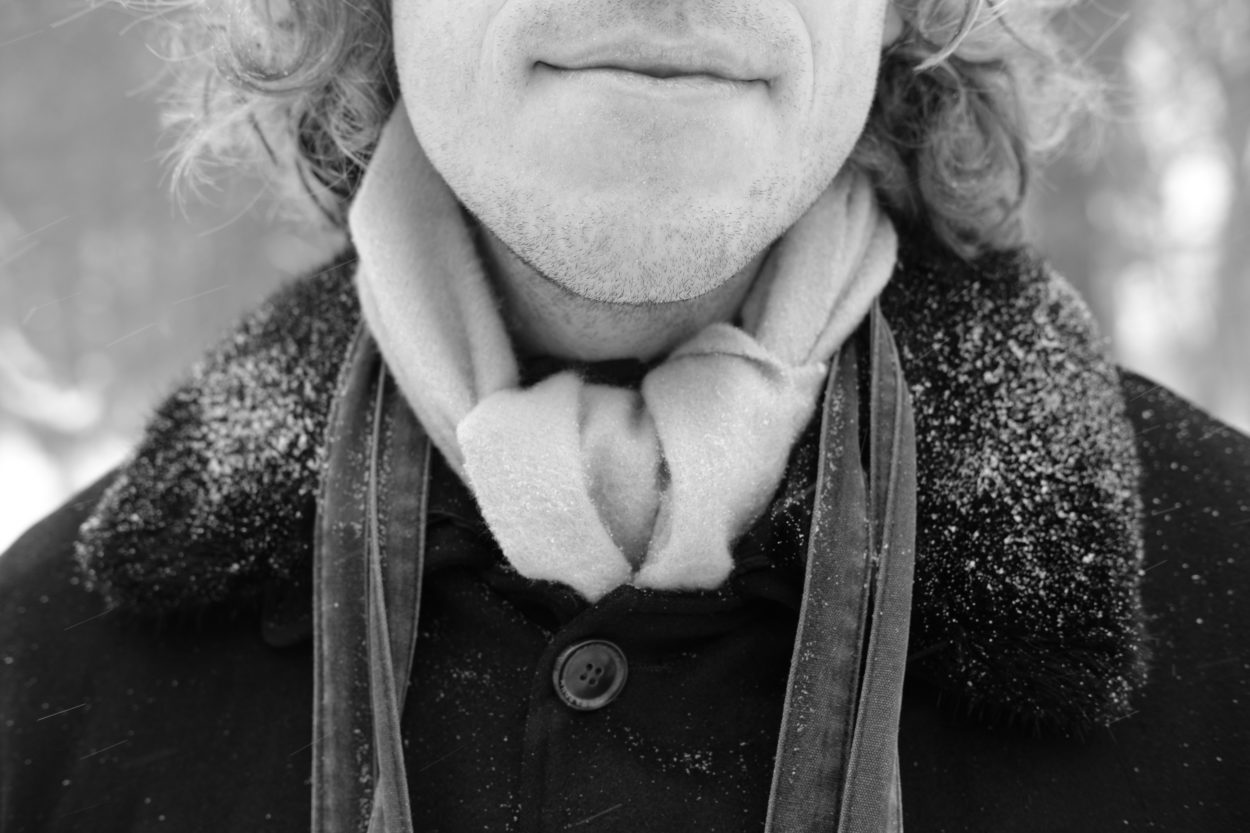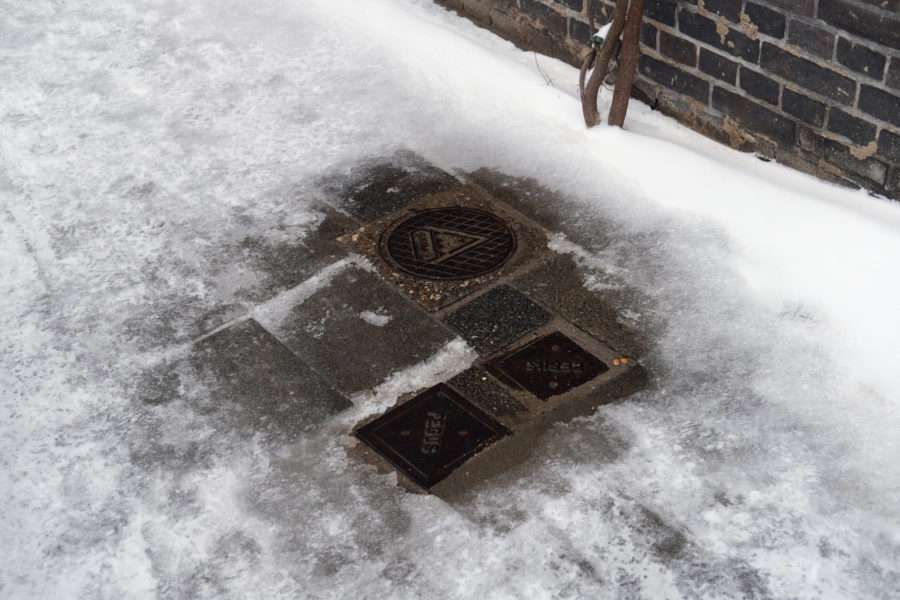She’d always had circles beneath her eyes, but in recent years they’d grown darker, deeper, puffier. Vague attempts to get more sleep or eat better usually fell by the wayside, and only stretches of rest seemed to have an effect. Today, remnants of mascara showed, faintly smudged, at the base of both lower lashes.
At some point, she couldn’t remember when, sun spots had appeared. The largest one, the size of a shelled pistachio, enveloped the narrow end of her left eyebrow. Another sat just above the end of her right eyebrow, and made her wonder about the correlation between sun exposure and the sensitivity of the eye area.
Two distinct freckles rested on her left cheekbone, forming a discreet constellation with two more pairs on the delicate underside of her neck. More subtle freckles were generously distributed across her face, evidence of a childhood in the sun now dulled by grey skies that had pervaded the last decade.
Faint blotches are visible on either side of her chin. As a teen her skin had been enviably clear, but in her early twenties her hormones had wreaked a late vengeance. His appearance marked their disappearance, an indication of his stabilising effect on her.
An exercise in paying attention, after Anne Lamott.




